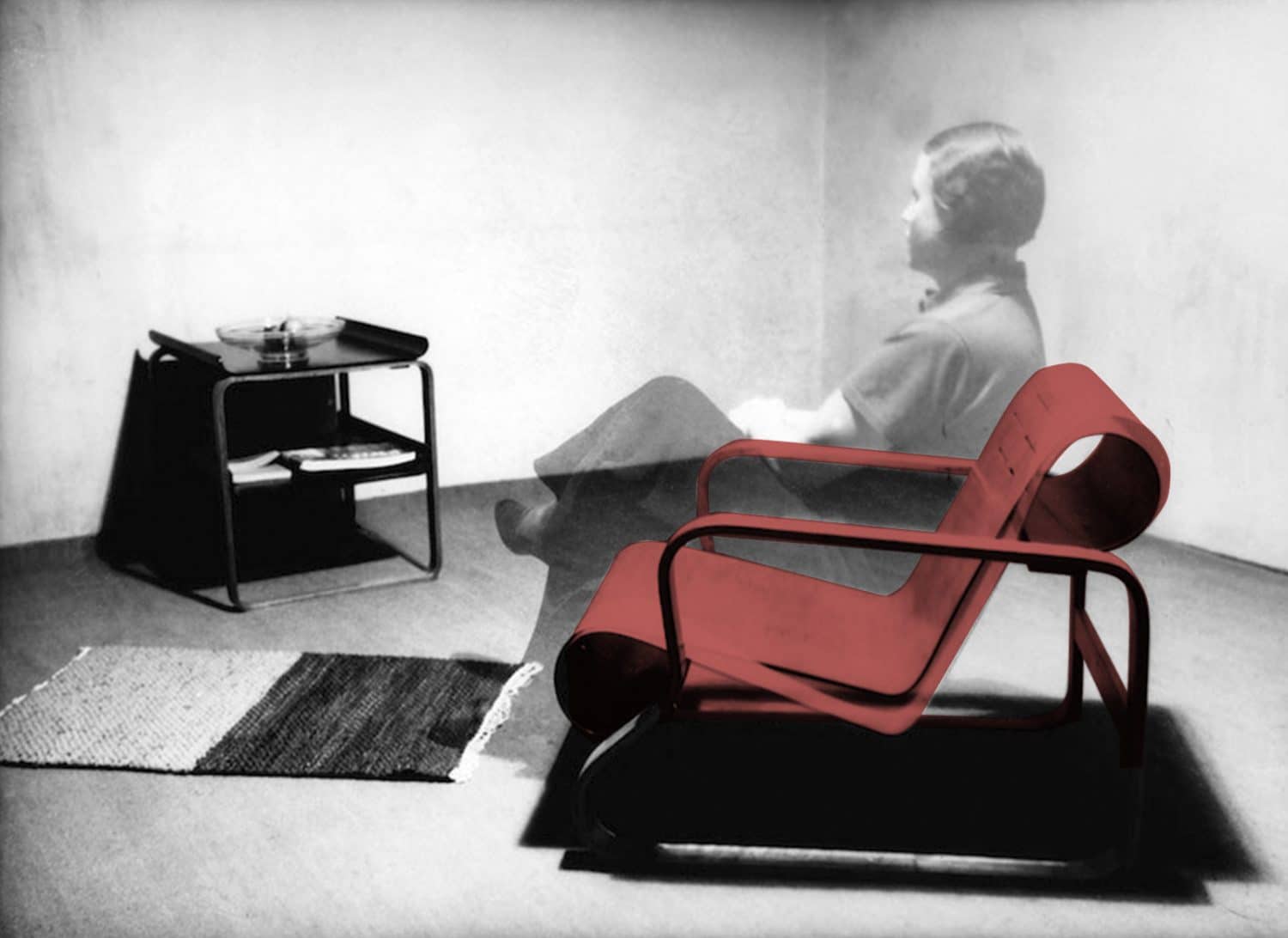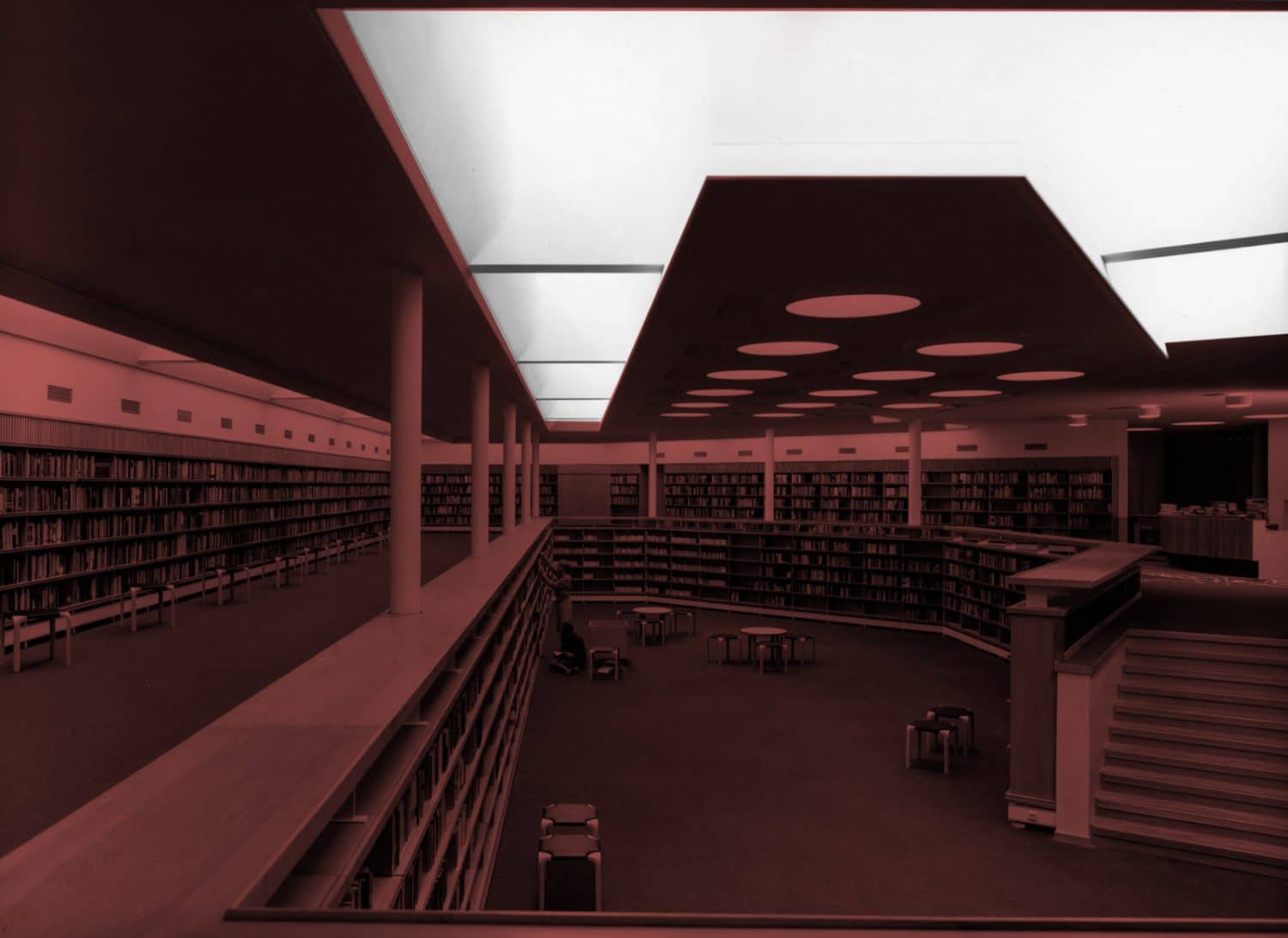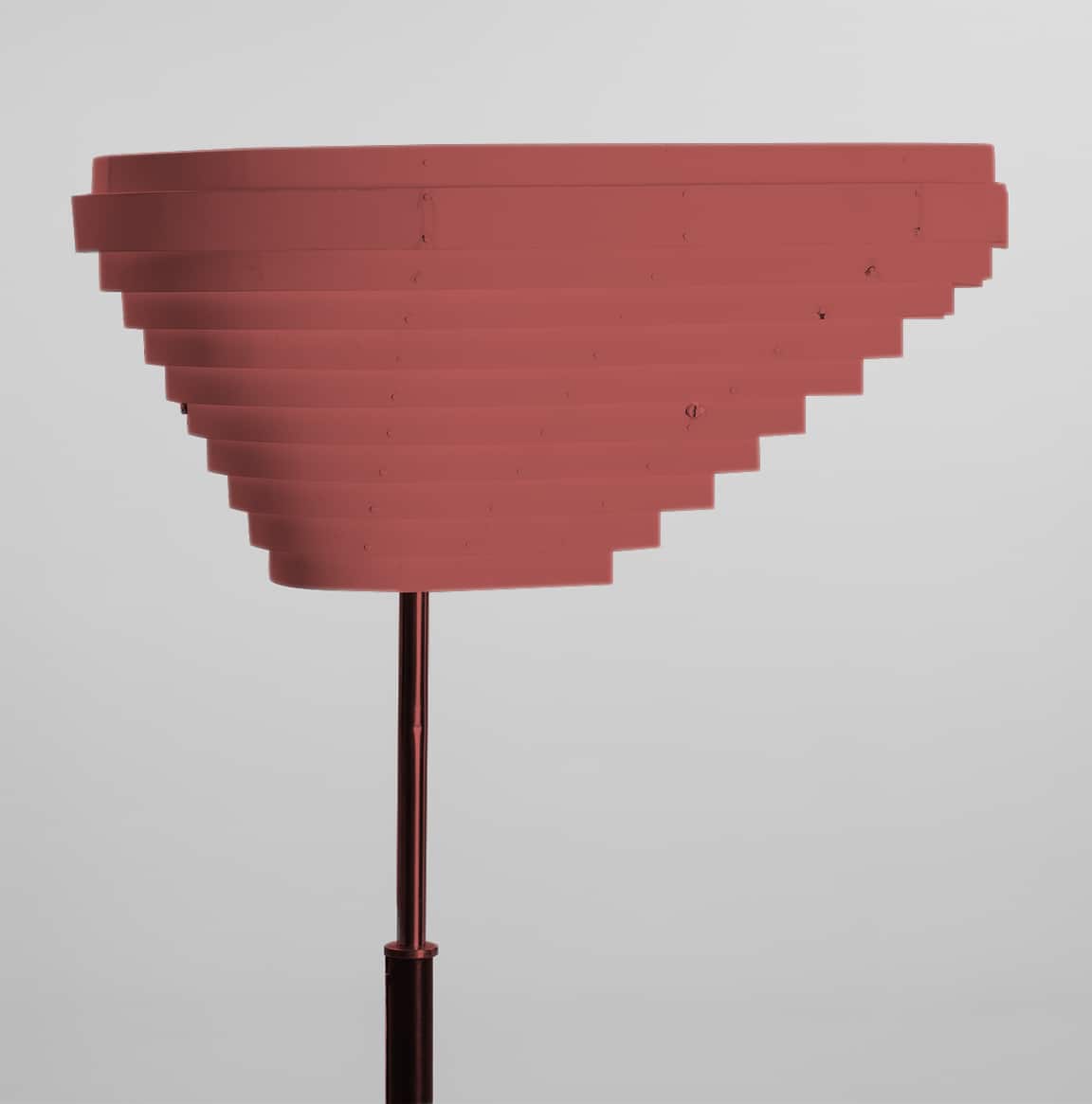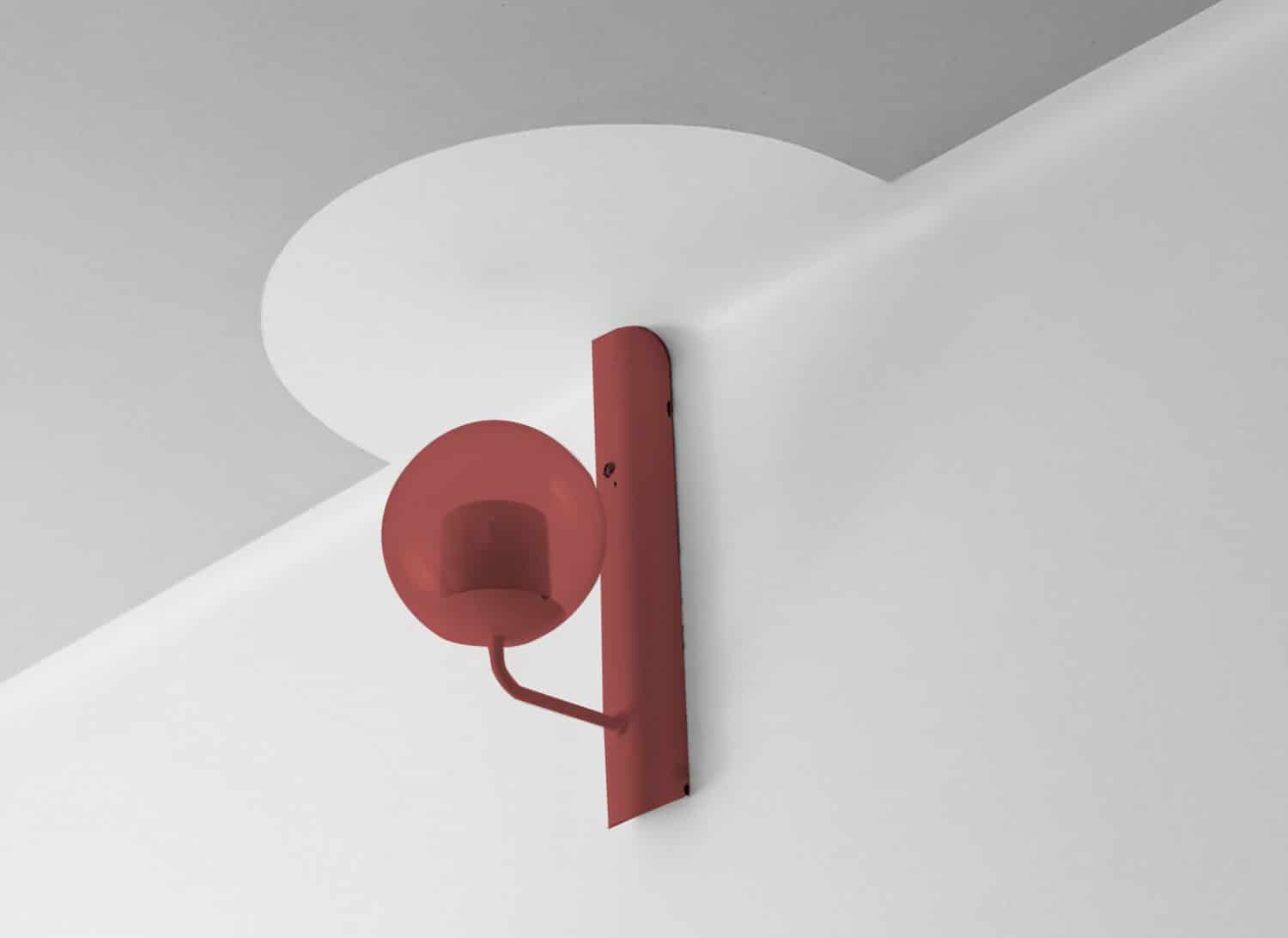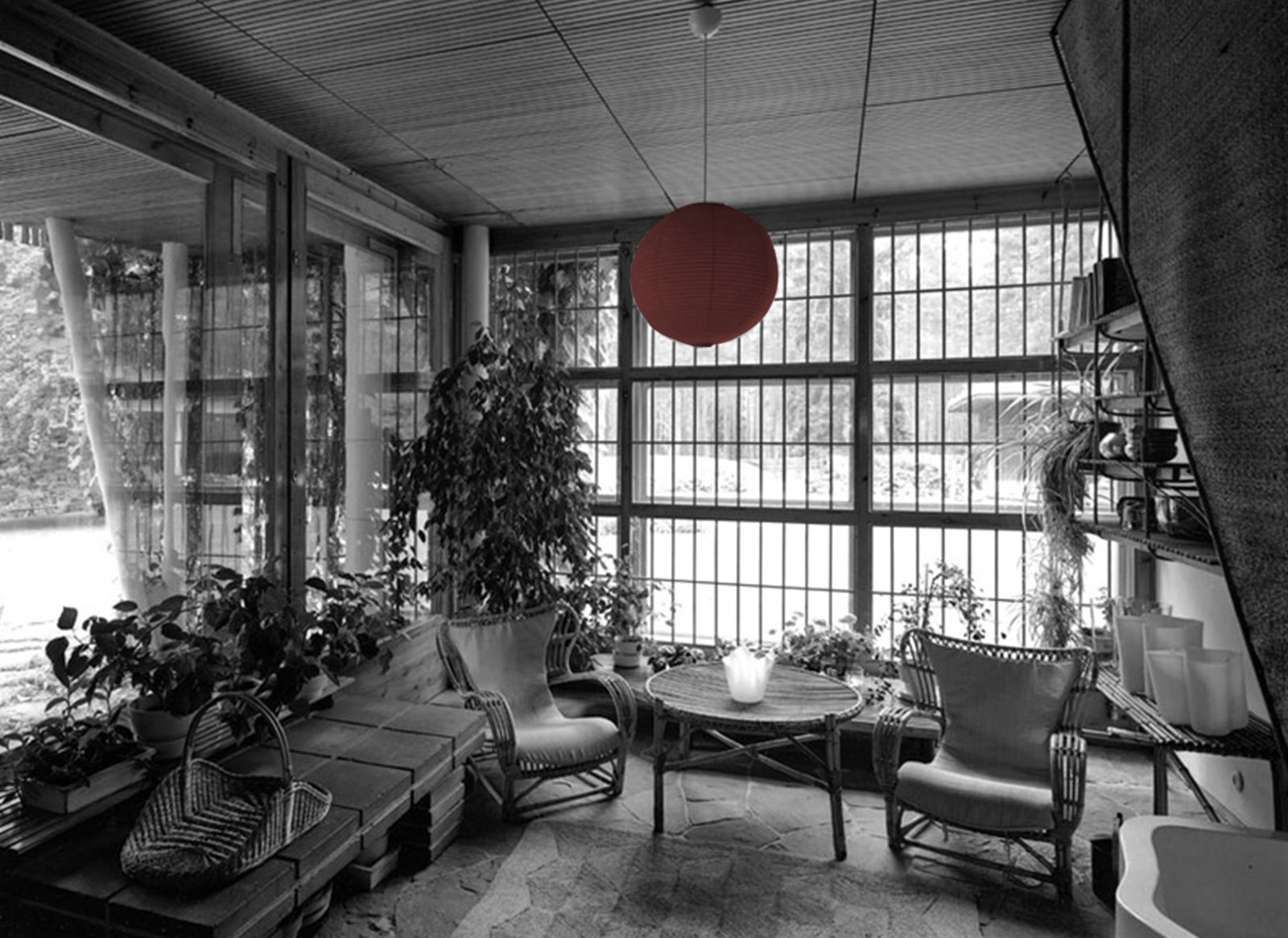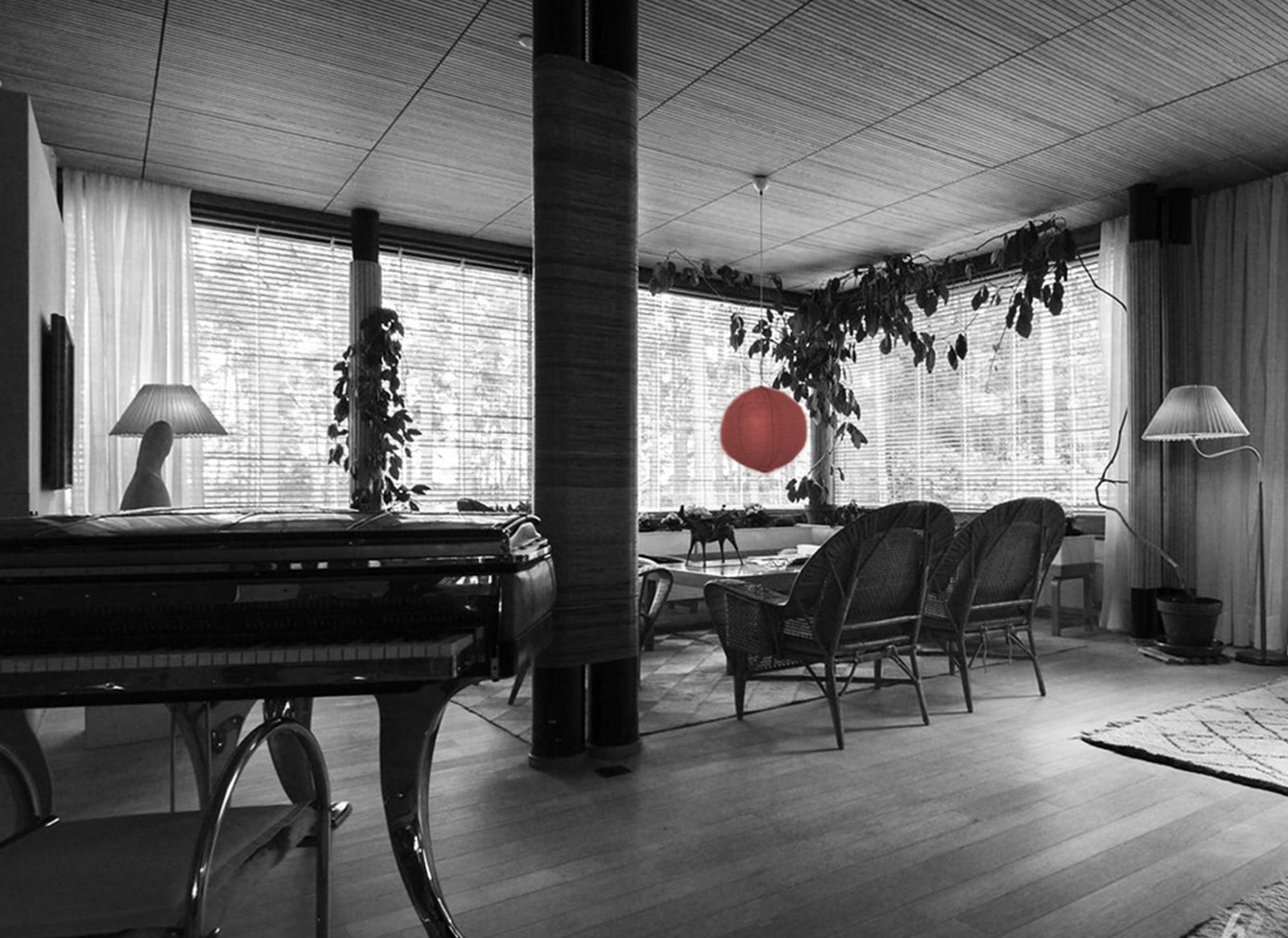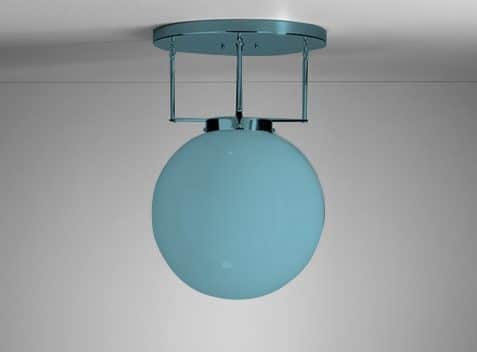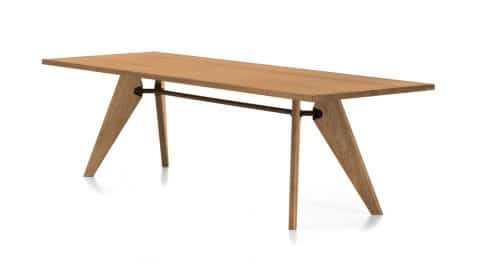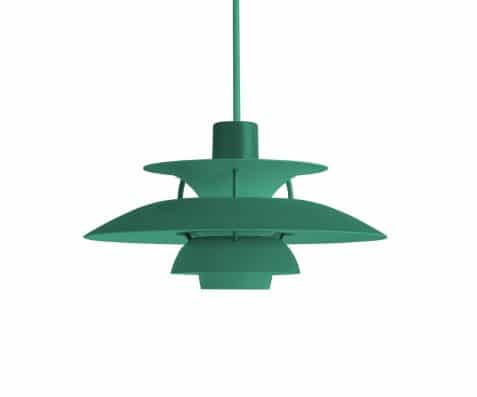INTERIOR
Northern Lights #Alvar Aalto
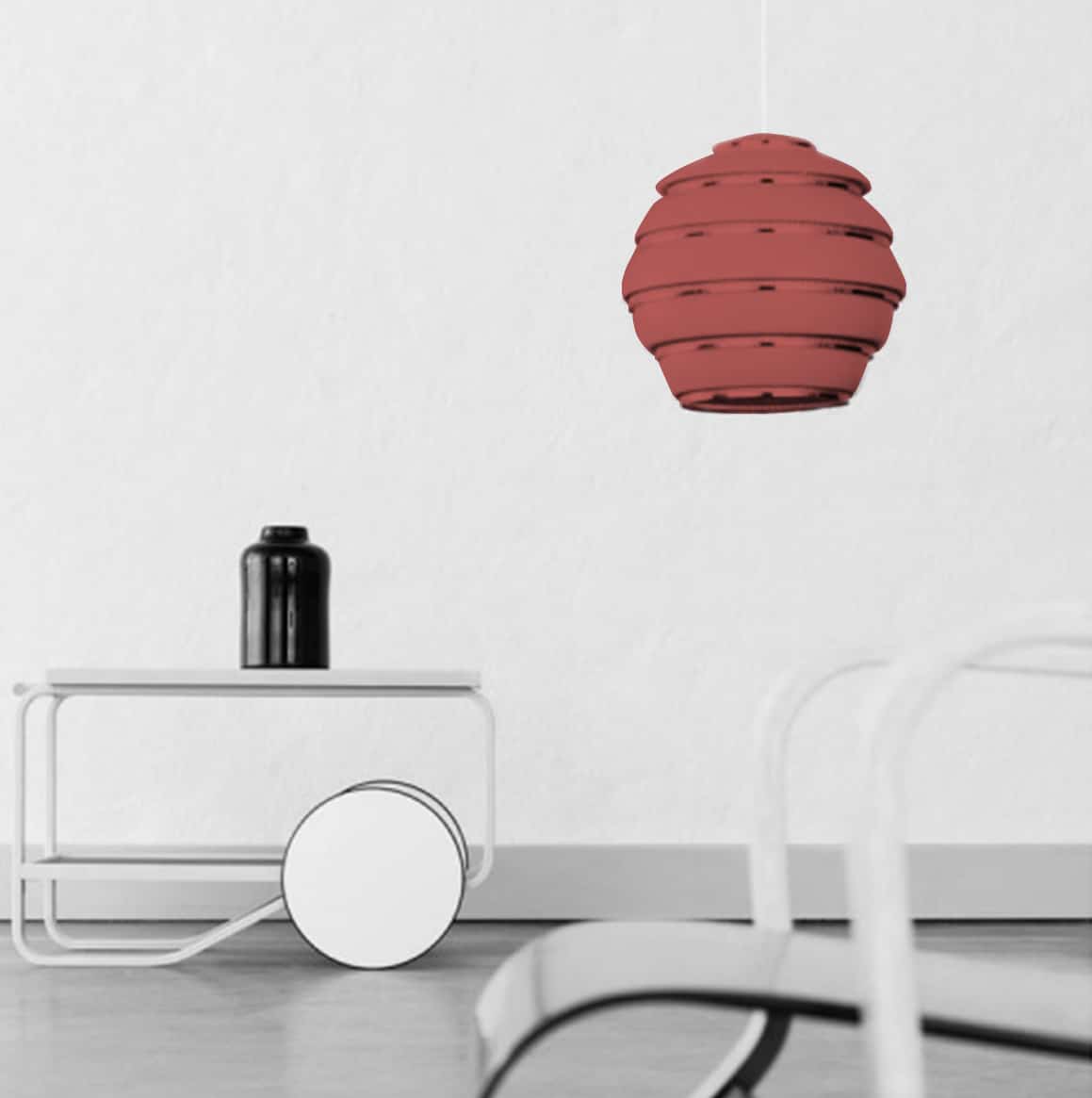
Alvar Aalto was always aware of the importance of light to achieve comfort in an architectural space. When Alvar and Aino Aalto developed the equipment for the Paimio Sanatorium, in addition to designing their famous bentwood furniture, they devoted special attention to designing adequate lighting for patients. Also when designing the equipment for the Viipuri Library they took into account the adequate lighting for reading. Both examples are mentioned in the well-known essay “The Humanizing of Architecture” as an example of the evolution from a rationalization only based on technical aspects to a rationalization that took into account the users’ psychophysiological needs.
Technical functionalism is correct only if enlarged to cover even the psychophysical field. That is the only way to humanize architectureAlvar Aalto, “The Humanizing of Architecture”, The Technology Review, 1940
In many of Aalto’s lamps, such as the Beehive Lamp or the Flying Saucer Lamp, the impact of Danish designer Poul Henningsen‘s work is evident, as they use different reflective surfaces and shades to emit a combination of direct and indirect light and avoid glaring.
Throughout his career, Alvar designed a large series of lamps as part of the architecture of some of his best-known works. In addition to the aforementioned lighting for the Paimio Sanatorium and the Viipuri Library, he designed among others the pendant lamp for the Villa Mairea’s dining room, the wall lamp for the shelves in the National Pensions Institute, the Hand Grenade Lamp for the headquarters of the Finnish Society of Engineers or the Blueberry and Angel Wing lamps for the exhibition hall in the Maison Carré. Many of them were later mass-produced by Artek.
